
Editor’s Note: Travel is complicated right now. Please check local regulations and location openings before you go.
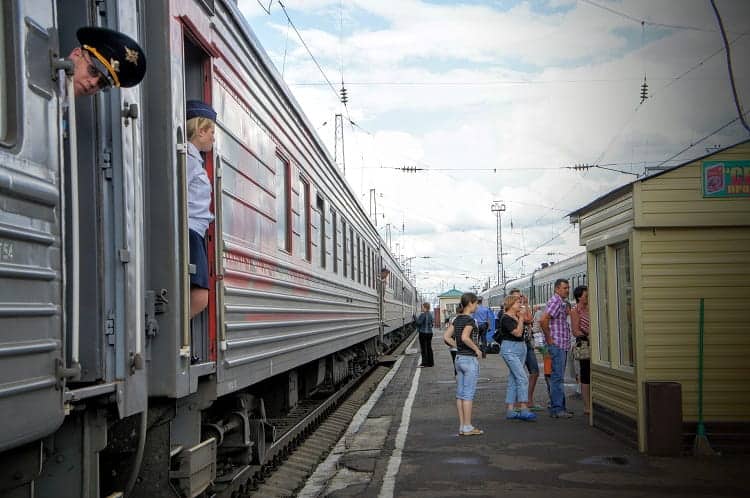
The Trans-Siberian Railway spans over 6,152 miles and crosses eight time zones. Although it’s not the longest train in the world, its path is one of the most intriguing.
A journey aboard the Trans-Siberian is shrouded in myths, an encounter with a not-so-distant and bloody past, and acquaintances with extraordinary people and places off the beaten track.
The Trans-Siberian Railway ignites the imagination of many, although few really make it there, perhaps because of the language barrier and bureaucracy Still, Russia is one of the most beautiful and fascinating destinations in Eurasia.
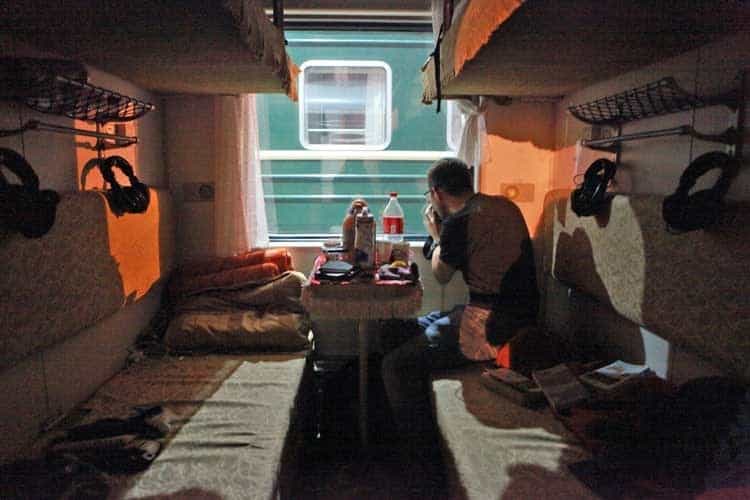
Preparing for a Journey on the Trans-Siberian Railway
Before the initial departure, it is advisable to have a general outline of your itinerary and the travel distance between each stop. Of course, the plan can change as you travel, but such planning will allow changes to be made more easily.
An unusual fact to consider is that the trains in Russia are operated according to Moscow time and not local time. Therefore you should pay attention to the schedule as it may be conducted according to Moscow time even on the other side of the continent.
Choose the right train for you. In general, it can be said that if the ride exceeds 10 hours, it is better to opt for an overnight train if available since it allows enough time to get organized on the train and also get a relatively good night’s sleep. Remember to get up at least an hour before the estimated arrival time, otherwise, you’ll get a military-style wake up from the “provodnitsa” (carriage attendant).
Where to Stop Along the Trans-Siberian Railway
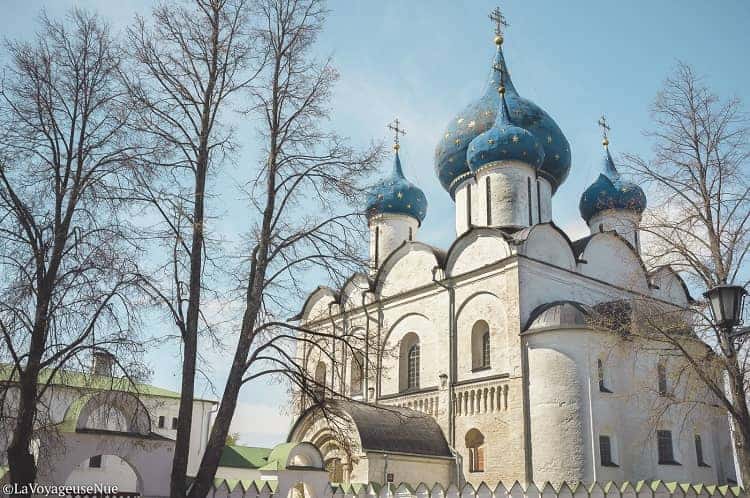
Suzdal
The skyline looks like it was taken from the set of ‘A Thousand and One Nights’ film, with dozens of gilded towers overlooking the beautiful town. For a cheerful experience, take a walk in the cobbled streets between the traditional houses called isbas with their wooden lace decorated windows and colorful planters.
Suzdal is full of churches and monasteries that are equally impressive inside and out and surrounded by lavish gardens. The local museum of wooden architecture is one of Suzdal’s top attractions.
Because of its proximity to Moscow, Suzdal is recommended both as a stop on a Trans-Siberian journey and as a weekend getaway. On weekends the town bustles with a small craft and local products market and is soaked with the smell of the local barbecue called shashlik.
Do you love to travel by train? Then you would love this article: CABIN COMRADES ON THE TRANS-SIBERIAN

Chemal
Chemal is not the most accessible stop on the railway. You have to make a detour to visit it, but it’s worth the effort as it is so charming and especially in the spring.
This small village serves as a starting point for countless walks and road trips in the region, but spending a day in the surrounding area, walking along the river is a particularly fun activity. The trails are beautiful; the sand is pleasant and there are beautiful quiet corners everywhere.
You can also visit the unique Patmos church on a river island nearby, accessed by a bridge, and with impressive views. On cooler days, you can try the traditional Russian sauna called Banya.
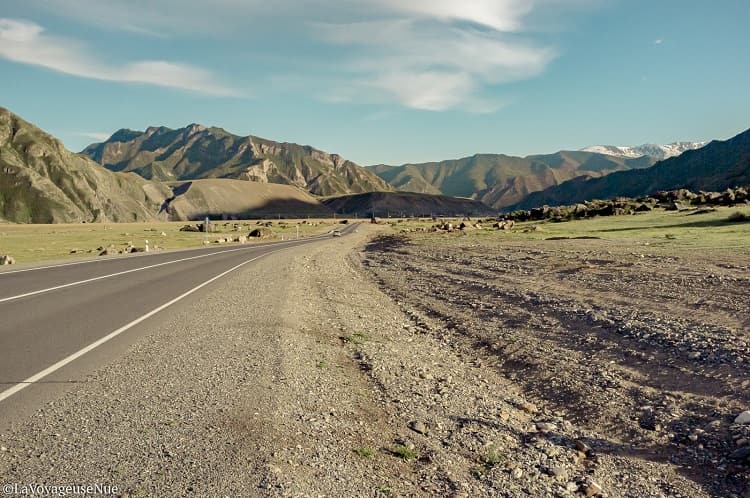
For those who wish to go farther, you can venture south on a road trip into the Altai mountain range. It is a beautiful, isolated mountainous region that stretches all the way to the south of Mongolia. Such a trip will give you a glimpse into the life of the Altai people and their traditional houses- wooden yurts called Aïl.
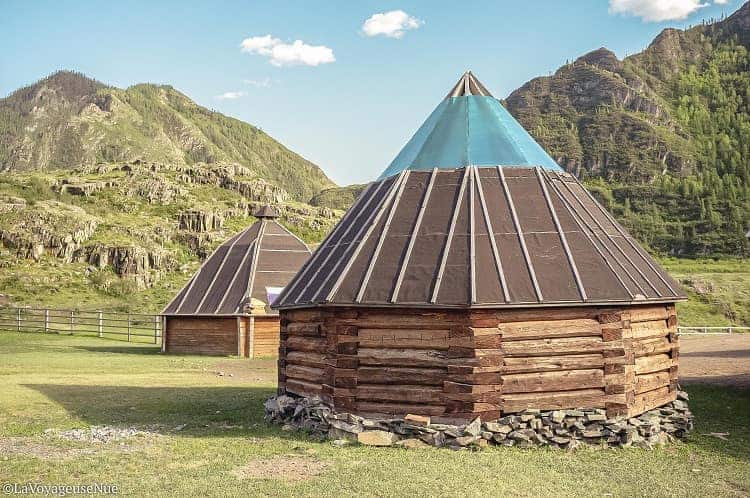
Krasnoyarsk
In Krasnoyarsk, you’ll find some historical buildings that are located along the beautiful avenue Prospekt Mira and the surrounding parallel streets. The Catholic Cathedral of the Transfiguration and the orthodox Cathedral of the Intercession are a few of the city’s monuments.
Surprisingly, the city itself is not the main attraction, but what you’ll find a little outside of it. Right on the edge of the city is Stolby Nature Sanctuary, a unique and beautiful nature reserve with rock formations that jut out of the forest and create a fascinating rare landscape. The word Stolby means pillars in Russian and it’s just the right way to describe this dramatic formation. The park’s rich flora and fauna include the Siberian musk deer, and you can consider yourself lucky if you get a chance to see one.
Bringing a packed lunch will be a good idea as the park is huge and you can spend the whole day wandering its trails.
Arshan

Arshan is still a well-kept secret despite its location close to relatively touristy sites.
A few hours on a bus from the Irkutsk railway station will get you to this small mountain village, where the majority of its inhabitants are Buryats, the largest indigenous group in Siberia living mainly around Baikal Lake. Nevertheless, the Buddhist and shamanist characteristics of the region recall the proximity of the Chinese and Mongolian borders.
One of the most beautiful places in Russia is located just outside the village, along the trails of the Tunkinsky National Park and the river that bears the same name. The park is heaven on earth for wild nature amateurs, with clear water lakes and unspoiled nature trails. It offers a great panorama of the majestic Sayan mountain range.

Back in town, you can try one of the famous thermal pools of the area. In the hot season, a Mongolian souvenir and handicraft market takes place every day.
Bolshie Koty

The most precious diamond in the Russian crown is Baikal lake, and Bolshie Koty is the most enchanting place to see it. The atmosphere in this small village is taken straight out of an old Russian film with its small cove, abandoned rusty boats and its beautiful coastal strip. Walking along the shore in the early morning mist can quickly become a downright mystical experience.

A famous trekking trail, “The Great Baikal Trail,” crosses the region, and the part between Listvyanka and Bolshie Koty is relatively popular with travelers. It is a 24 km (14.9 miles) trek with breathtaking pristine landscapes and if you are lucky you may even encounter a cute seal.
When to Go on the Trans-Siberian Railway

If you visit one of the main cities of Russia on May 9 – the victory day over Nazi Germany – a memorable experience is guaranteed.
The atmosphere before the military parade celebrations is contagious and Russian patriotism is at its peak. The aura of victory is well transmitted to the younger generations, who like to take pictures dressed as soldiers on a battlefield and parade with photographs of hero veterans. Huge parties are held in local parks with live performances, fairs and activities for children.
If you go
Russian Railway English application for timetable and online reservations: https://eng.rzd.ru/
Suzdal– https://travelrealrussia.com/guide_suzdal
Chemal– https://eng.russia.travel/places/9978/
‘Stolby nature sanctuary’ national park – http://www.stolby.ru/eng/natural.asp
Tunkinsky national park– https://eng.russia.travel/objects/316932/
Great Baikal trail trekking information– https://en.greatbaikaltrail.org/
Author’s Bio: Yaara Laizé Rozner is an Israeli photographer and ‘slow travel’ blogger living and working in France. She specializes in culture-focused, in-depth trips to less-traveled destinations and the past few years of her life were dedicated to travel photography. She is continuously creating personal and commercial documentary projects. https://www.lavoyageusenue.com/
